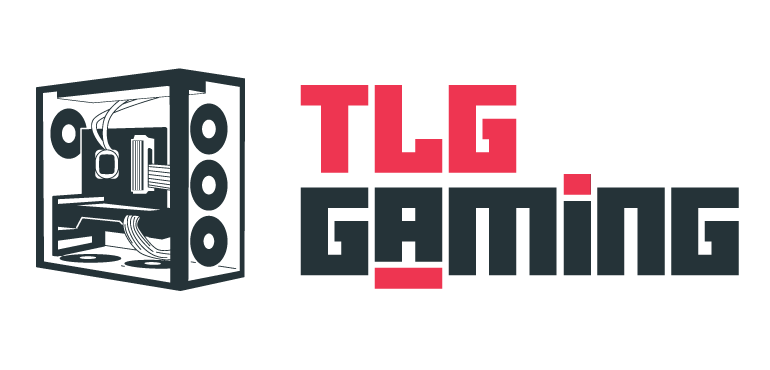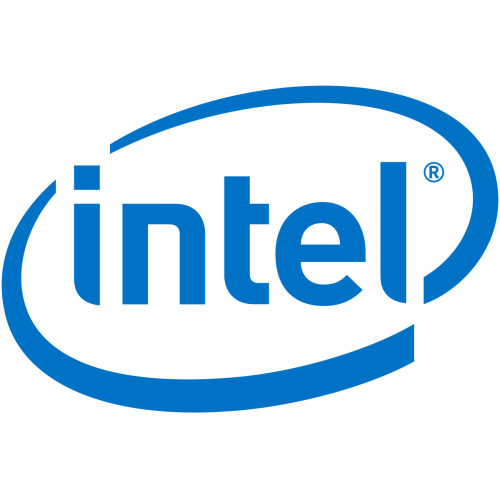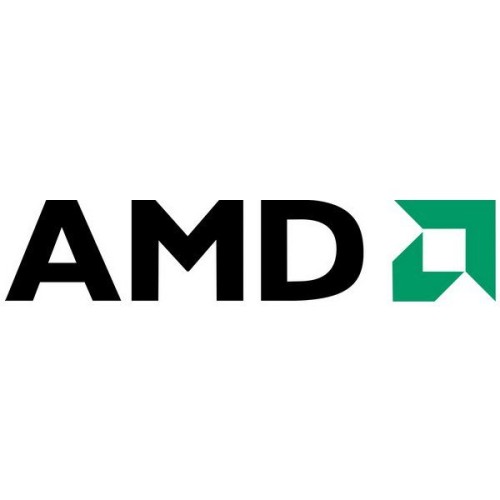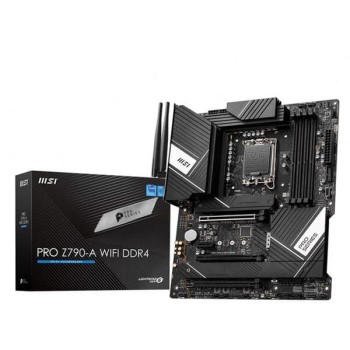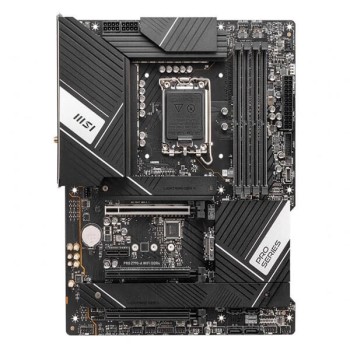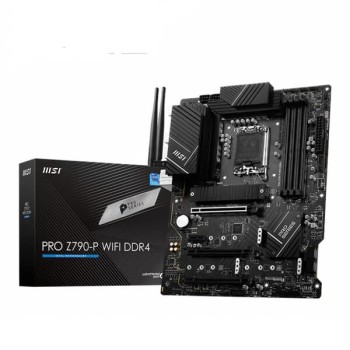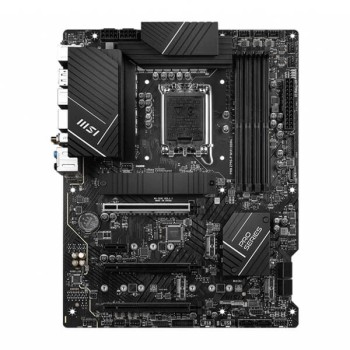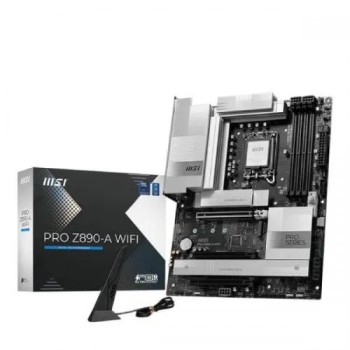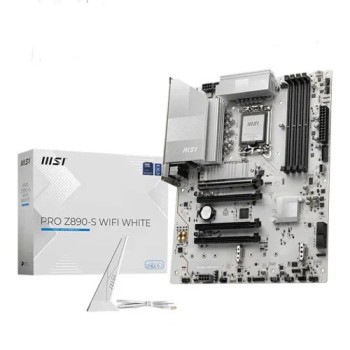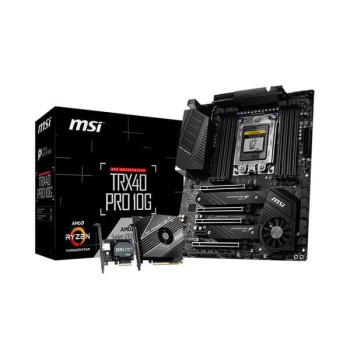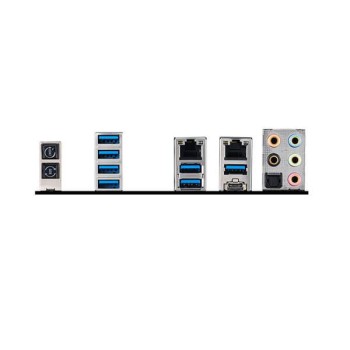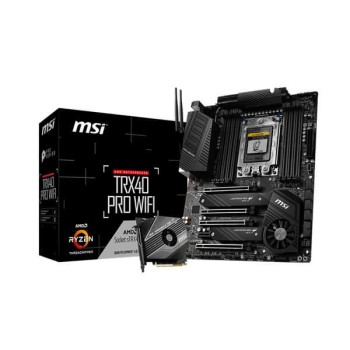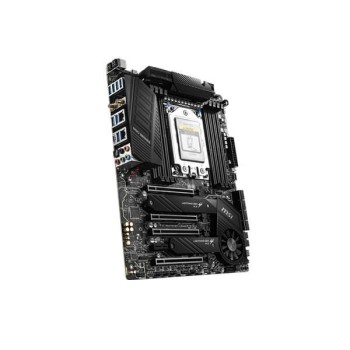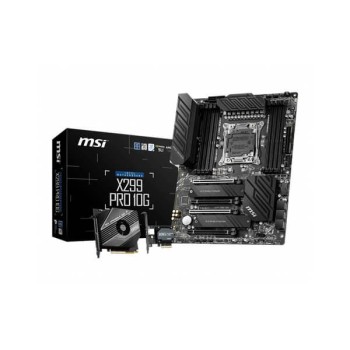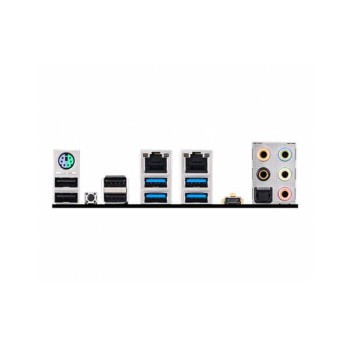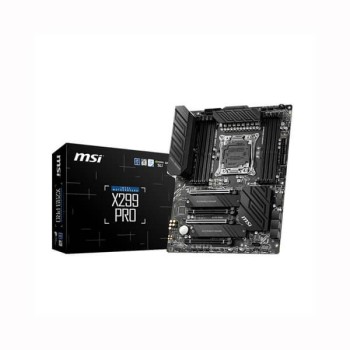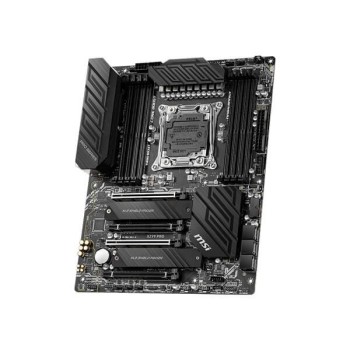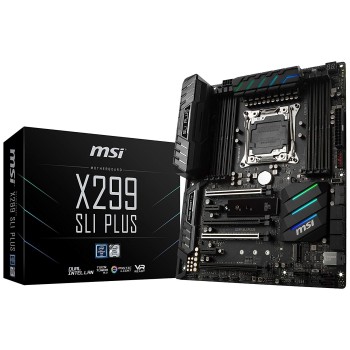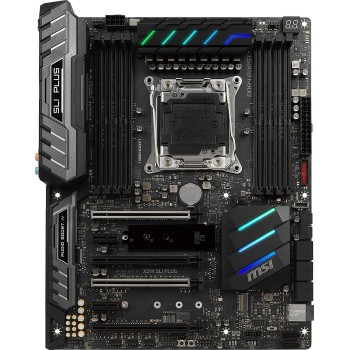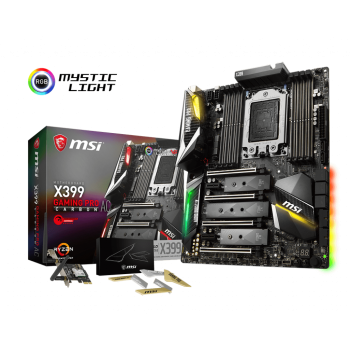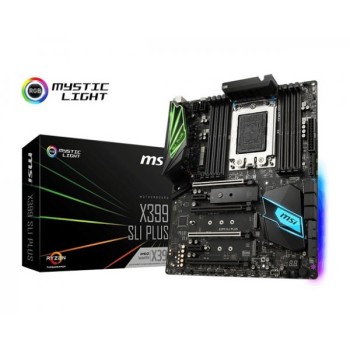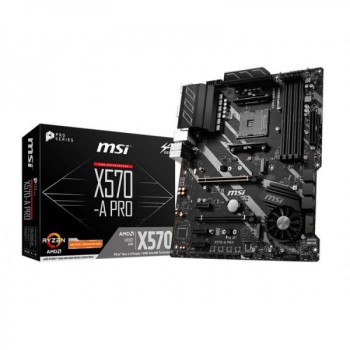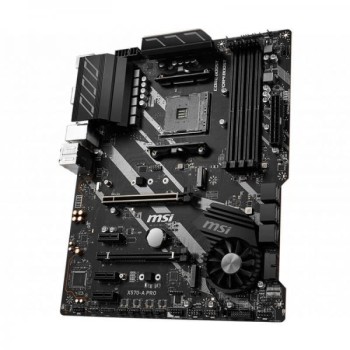Exploring the Heart of Your Computer: A Comprehensive Guide to Motherboards.
Introduction
When you're getting into the world of building or improving computers, there's one really important thing that often doesn't get enough attention: Motherboards. Think of the motherboard as the heart of your computer. It's like the conductor of an orchestra, making sure all the different parts work together smoothly. In this discussion, we'll explore motherboards in detail, talking about their types, important features, and how they fit with other parts. Whether you've been into computers for a long time or you're just starting out, don't worry—we're here to help you learn and discover more about this essential component.
Motherboard?
It's like the computer's brain and heart combined into one. This board holds the main computer brain (CPU), the memory, storage, and all the connections that make them work together. In simple terms, it's what keeps your computer running smoothly.
Types of Motherboards
There are many types of mother-boards, much like the diverse tapestry of computer enthusiasts they serve, come in an array of shapes and sizes, each meticulously tailored to fulfill specific needs. Most common types:
ATX Motherboards
First in our lineup are the ATX (Advanced Technology Extended) motherboards, the undisputed champions of popularity. Renowned for their spacious layouts and an abundance of expansion slots, these boards reign supreme in the realms of gaming and high-performance computing.
Mighty Micro ATX
Next up, we have the Micro ATX motherboards, a compact yet powerful counterpart to their ATX brethren. Designed with smaller computer cases in mind, they might offer fewer expansion slots but compensate with budget-friendly options, making them a pragmatic choice.
Mini Wonders— ITX
Lastly, let's shine the spotlight on Mini ITX motherboards, the diminutive dynamos of the motherboard world. Perfectly suited for crafting pint-sized, energy-efficient PCs, they may be small but come with their own set of limitations when it comes to expansion options.
No matter if you're constructing a colossal gaming dominator, searching for that ideal blend of size and muscle, or delving into the realm of ultra-compact computing, rest assured. It's like a universe of options designed to match your specific needs and goals.
Key Features to Consider
When choosing a motherboard, several key features should influence your decision:
CPU Socket
The CPU socket determines which processors are compatible with the mother-board. Ensure that your CPU matches the socket type.
RAM Slots
The number of RAM slots dictates the maximum amount of memory your motherboard can support. Consider your future memory needs when selecting a motherboard.
Expansion Slots
Expansion Slots, like PCIE slots, allow you to connect graphics cards, sound cards, and other add-on components. Ensure the motherboard has enough slots for your requirements.
Storage Options
Motherboards come with SATA and M.2 connectors for storage drives. Consider the type and number of storage drives you plan to use.
USB and Connectivity
Check the number and types of USB ports, as well as other connectivity options like Wi-Fi and Bluetooth.
Motherboard Compatibility
Before purchasing a motherboard, it's essential to ensure compatibility with other components. Check for:
CPU Compatibility
Ensure that your chosen CPU is compatible with the motherboard's socket type.
RAM Compatibility
Check if your RAM modules are supported by the motherboard.
GPU Compatibility
Verify that your graphics card fits into the available PCIE slots.
Now that you've got a solid grasp of motherboards, let's dive into the art of selecting the ideal one for your PC project: Strategic Start Kick off your motherboard journey by pinning down your PC's main role: Is it a gaming beast, a content creation genius, or a productivity ace?Tailor your motherboard choice accordingly.
Financial Boundaries
Set a firm budget for your motherboard endeavor. Keep in mind that while pricier models often come laden with advanced features, it's essential to strike a balance that suits your financial constraints.
Embrace the Future
Future-proofing is the name of the game. Invest in a motherboard that embraces the ever-evolving tech landscape, ensuring compatibility with upcoming innovations and upgrades.
Knowledge is Power
Harness the power of knowledge by diving into research and user reviews. Seek expert opinions and the wisdom of those who have trodden the motherboard path before you. It's a vital step toward making an educated choice.
Trust in Warranty
Place your trust in the manufacturer's warranty, for it reflects their faith in the durability and reliability of their product. A solid warranty can provide peace of mind.
In the grand scheme of computer building, the board stands as the veritable backbone. Its selection is paramount for a seamless and efficient computing experience. By navigating the terrain of motherboard types, deciphering key features, and deciphering compatibility nuances, you're well-equipped to make a discerning choice that perfectly aligns with your unique computing needs and aspirations.
